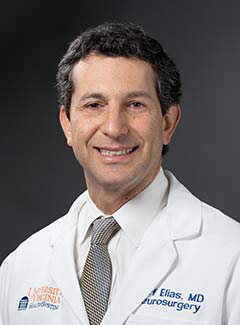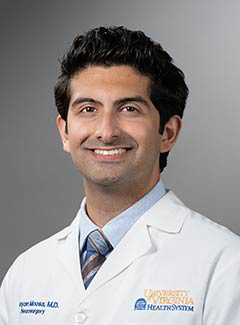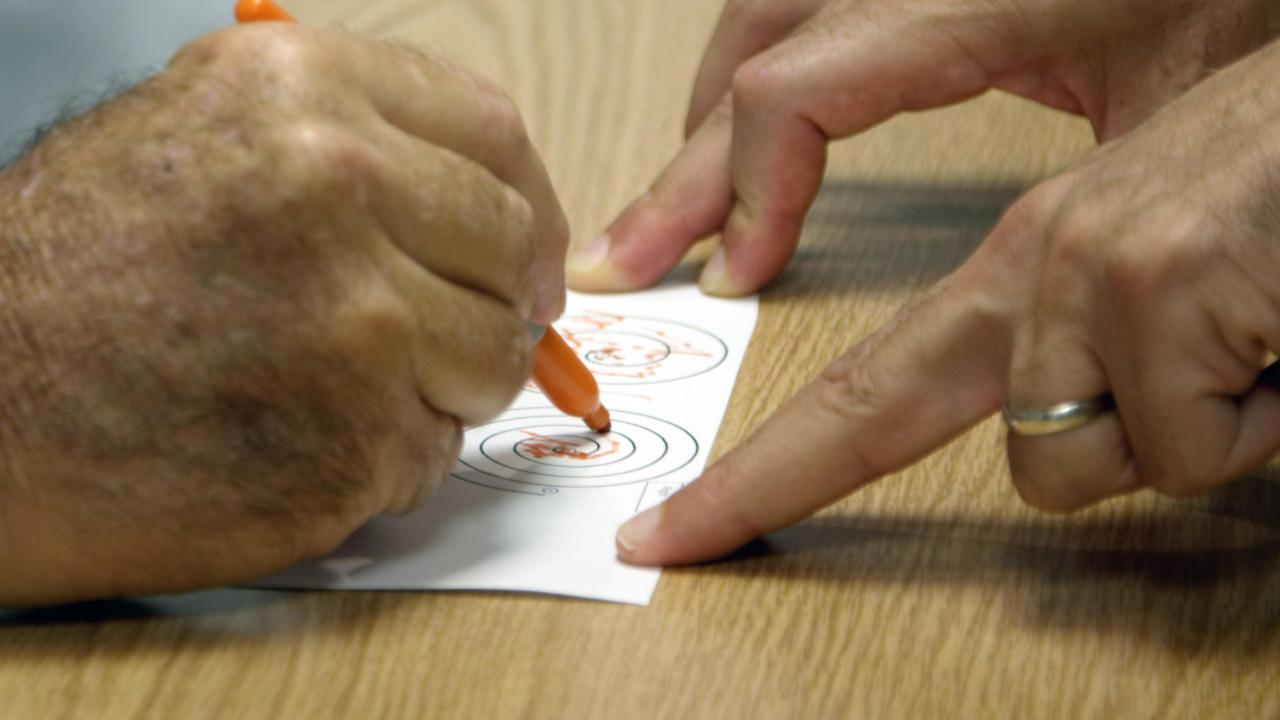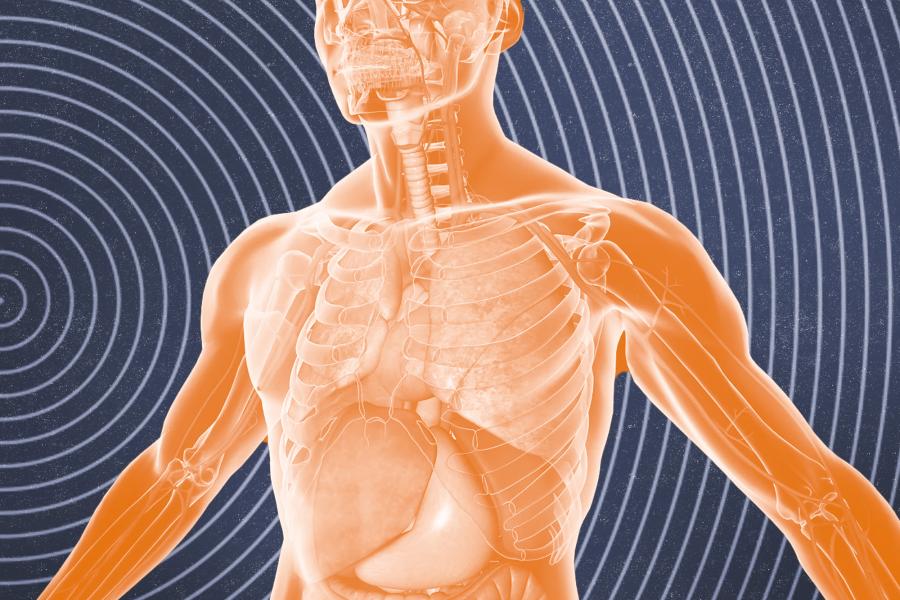The study described the outcomes of 40 trial participants from the original study group. It represents the largest long-term follow-up study of the procedure, known as “unilateral thalamotomy,” conducted so far.
The pioneering clinical trials at UVA and a handful of other sites paved the way for the federal Food and Drug Administration to approve focused ultrasound to treat essential tremor in 2016. That made the procedure available to patients outside clinical trials, though there are still a limited number of hospitals with the advanced technology and expertise needed to offer it.
The FDA also has approved focused ultrasound for the treatment of Parkinson’s disease tremor and the involuntary movements of dyskinesia based on the research. UVA is investigating the technology’s potential for a wide variety of other medical applications, from treating cancer to opening the brain’s protective barrier to deliver now-impossible treatments for diseases such as Alzheimer’s.
Based on its highly promising research, UVA launched the world’s first focused ultrasound cancer immunotherapy center earlier this year. The center aims to combine focused ultrasound with immunotherapy to enhance the immune system’s ability to battle cancers.
The new center was launched in conjunction with the Charlottesville-based Focused Ultrasound Foundation, a longtime supporter of UVA Health’s focused ultrasound research.
Elias and his collaborators have published their five-year follow-up results in the Journal of Neurosurgery. The research team consisted of G. Rees Cosgrove, Nir Lipsman, Andres M. Lozano, Jin Woo Chang, Casey Halpern, Pejman Ghanouni, Howard Eisenberg, Paul Fishman, Takaomi Taira, Michael L. Schwartz, Nathan McDannold, Michael Hayes, Susie Ro, Binit Shah, Ryder Gwinn, Veronica E. Santini, Kullervo Hynynen and Elias.
Elias is a consultant for InSightec, the manufacturer of the focused ultrasound device. A full list of the authors’ disclosures is included in the paper.
To keep up with the latest medical research news from UVA, subscribe to the Making of Medicine blog.






